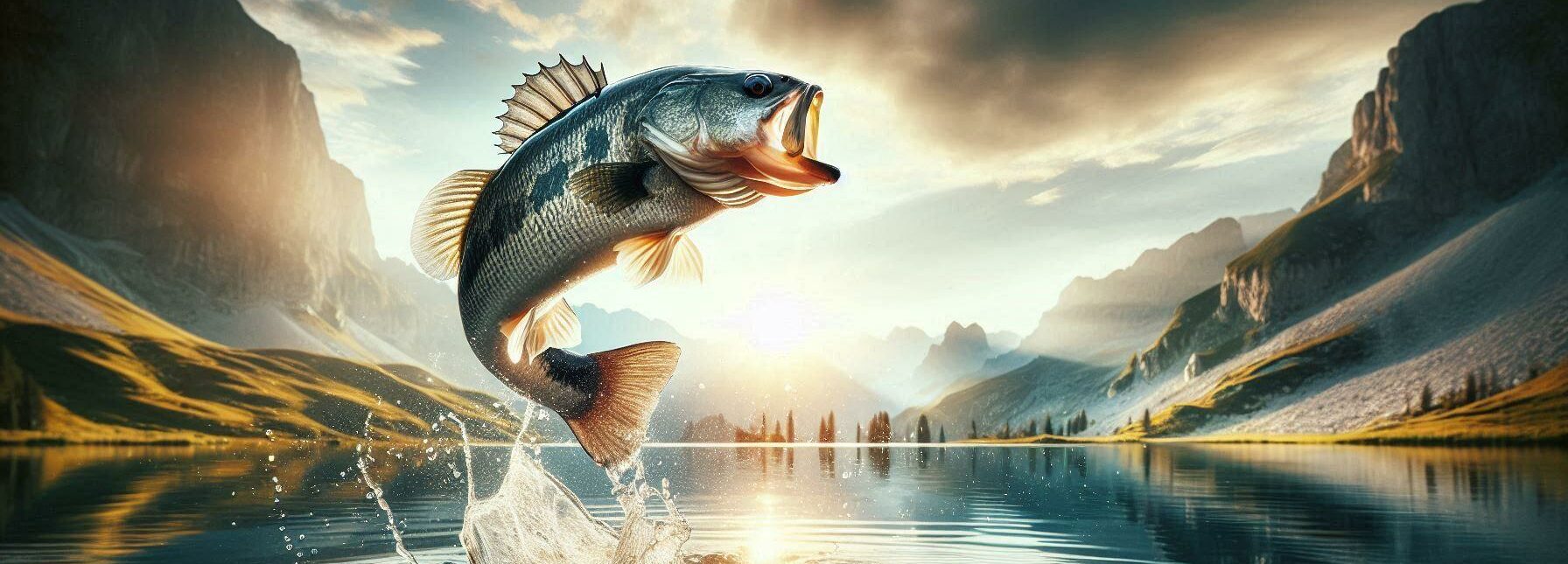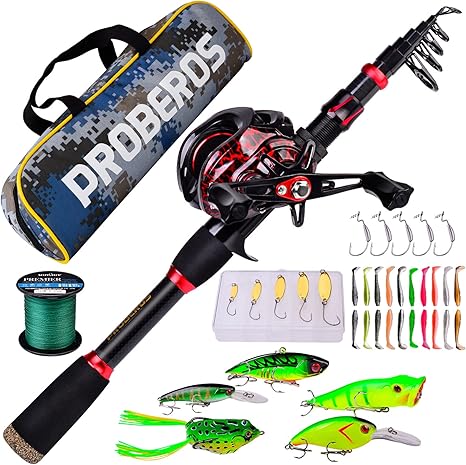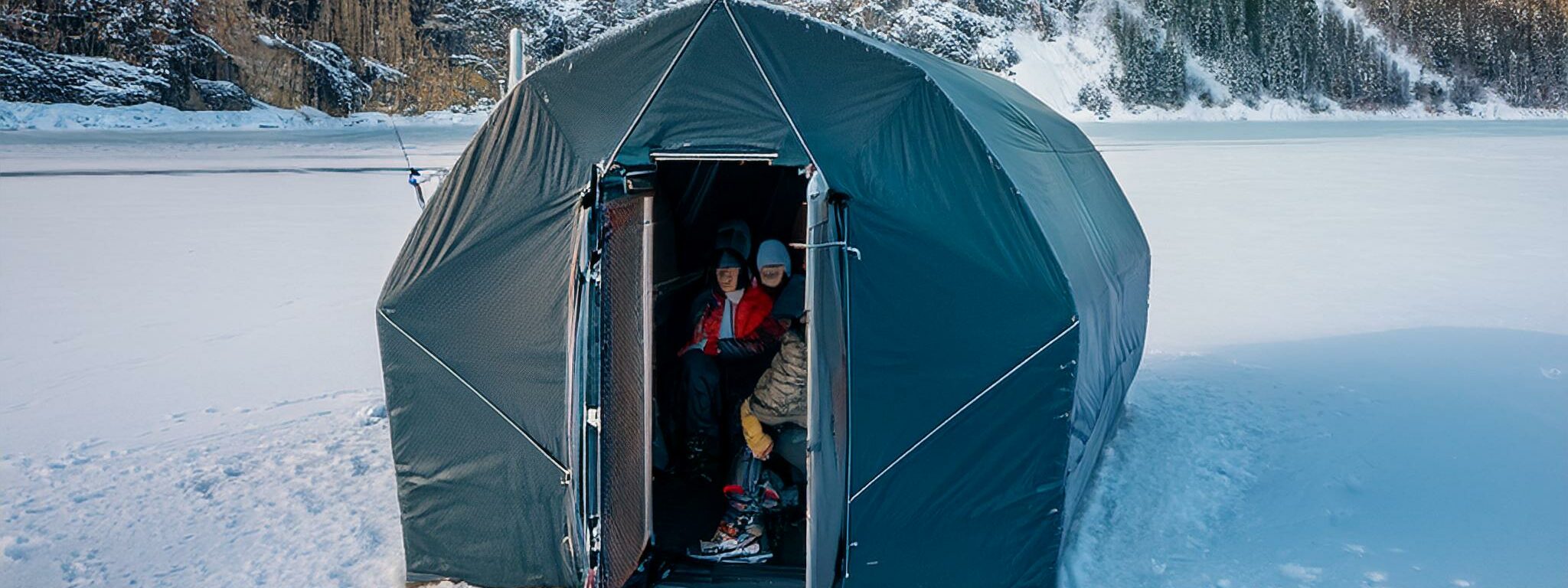North America’s waters are a wonder, home to some seriously jaw-dropping aquatic life. We’re talking everything from those little guys you find in streams to the majestic giants cruising the ocean depths. It’s a region bursting with fish diversity that plays a lead role in keeping our ecosystems healthy.
In places like the Great Lakes or the Mississippi River, freshwater species like bass and trout make a splash. Meanwhile, along the Atlantic and Pacific shores, saltwater species steal the show. Each fish, in its own way, helps keep the balance of life in check, showcasing the incredible web of life around us.
For generations, these fish have done more than just swim. They’ve been central to the traditions and cultures of many communities, shaping livelihoods and weaving themselves into stories passed down through the ages. Fishing here isn’t just a pastime; it’s a way of life and a cornerstone of ancient practices that continue today.
Thanks to varied climates and landscapes, the spectrum of species is unrivaled. It’s this diversity that underscores the need to protect these fish and their habitats. After all, safeguarding their future means nurturing the delicate balance of nature that benefits us all.
Freshwater Jewels: Exploring Iconic Freshwater Fish Species
Freshwater fish in North America are like hidden gems, sparkling in rivers and lakes with their own unique charm. Think of bass lurking beneath lily pads or trout zigzagging through cold mountain streams. These fish are the heartbeat of our freshwater ecosystems.
Bass are probably the rock stars of many fishing tales, thanks to their feisty attitude and sporty appeal. Whether it’s largemouth, smallmouth, or spotted bass, they’ve managed to make a name for themselves in the most unexpected spots, from swamps to serene ponds. Nope, they’re not just common fish—they’re an adventure waiting to happen every time you cast a line.
Then you’ve got trout, the elegantly spotted beauties dancing in pristine waters. They thrive in areas like the Rockies and Appalachians, adapting to the cold and clear streams as if they’ve found their happy place. Trout are masters of survival, navigating ever-changing stream conditions with grace and agility.
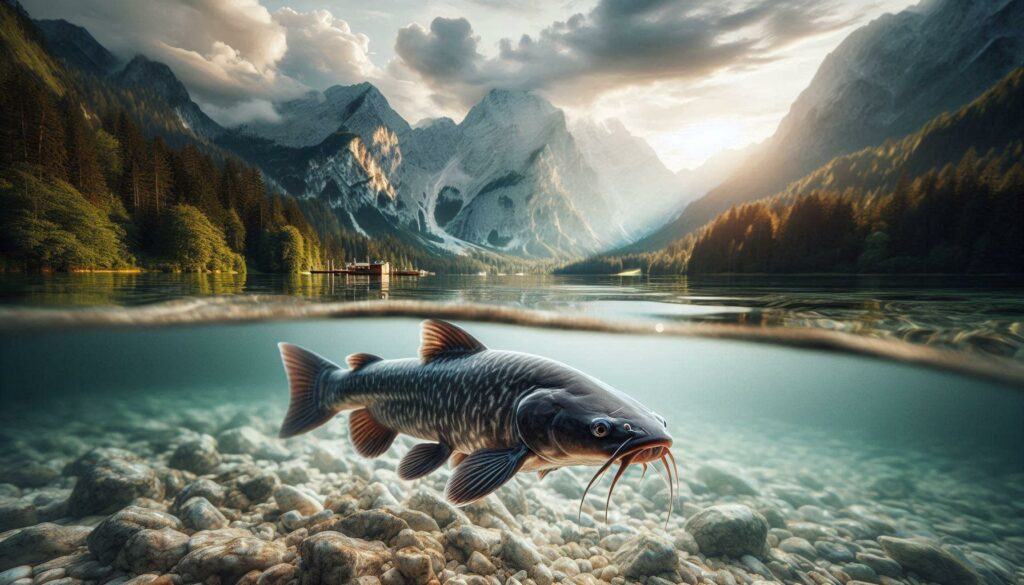
Catfish, meanwhile, bring a whole different energy. Often found stirring up the muddy bottoms, these whisker-faced champions are built tough. They’re a testament to evolution, adapting to remain a staple in freshwater scenes across the continent, while stories about catching them have become legends in their own right.
Sadly, not every fish is out of the woods. Some are facing the pressures of habitat loss and pollution. The good news? People are rallying to conserve and protect these freshwater jewels. From state parks to community conservation projects, every effort counts in safeguarding North America’s freshwater heritage.
Beneath the Waves: Saltwater Fish Species and Their Habitats
In the vast, blue expanses of North America’s coastlines, saltwater fish reign supreme with their remarkable variety and resilience. Species like tuna, marlin, and salmon showcase the rich tapestry of life beneath the waves, each with a story to tell about survival and adaptation.
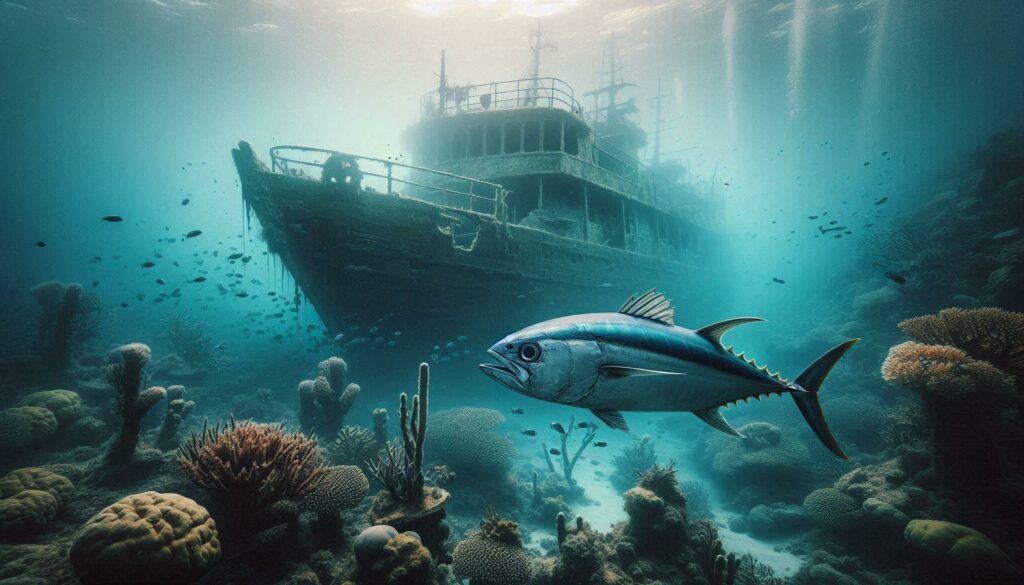
Tuna, with their torpedo-shaped bodies and relentless vigor, are powerhouses of the ocean. They’re constantly on the move, often spanning thousands of miles across the seas, a testament to their endurance and vital role in ocean ecosystems.
Then there’s the marlin, the ocean’s gladiator, slicing through the water with remarkable speed and agility. These fish are built for the open ocean, with long, sharp bills that make them legendary among sportfish enthusiasts.
Salmon add a layer of intrigue with their incredible migration journey from freshwater birthplaces to ocean life, and back again to spawn. It’s a cycle that’s both awe-inspiring and crucial for the ecosystems they traverse, linking freshwater and marine environments in a unique dance of nature.
However, these majestic saltwater species face growing threats. Overfishing is stretching their populations thin in some areas, and climate change is altering their habitats. The shifting conditions challenge even the hardiest fish, making human responsibility for sustainable practices more critical than ever.
Significant efforts are underway to protect these vital species. Marine protected areas, sustainable fishing policies, and community awareness campaigns are making strides to secure a future for these saltwater wonders. It’s a collaborative effort that requires all hands on deck to succeed.
People and the Piscine: Human Impact and Conservation Efforts
North American fish aren’t just swimming in water; they’re immersed in a delicate balance with human life. The economy and recreation have long leaned on these aquatic friends, with fishing providing not only jobs but a way for people to connect with nature’s wonders.
The thrill of reeling in a big catch is more than just a joyride. It’s an economic powerhouse, driving tourism and local businesses. From family-run bait shops to coastal fish markets, the ripple effects are widespread.
Aquaculture, the cultivation of fish for food, is making waves as an approach to meet seafood demands while taking pressure off wild fish populations. It’s this blend of technology with tradition that’s paving a sustainable path forward. Cultivating fish wisely is not just a trend; it’s a lifeline for future food security.
Communities are stepping up, too, embracing conservation with open arms. Local projects and initiatives focus on restoring habitats, reducing pollution, and—critically—educating the next generation about the importance of keeping our waters teeming with life.
Policy plays a key role. Comprehensive regulations and partnerships between governments, NGOs, and fishery experts are driving efforts to manage stocks responsibly and protect endangered species. Advocacy and informed choices are essential tools here, ensuring that our actions today don’t shortchange tomorrow’s fish populations.
With everyone pulling together, from anglers to policymakers, North America’s fish have a fighting chance to continue their incredible journeys and sustain the waters they call home.


